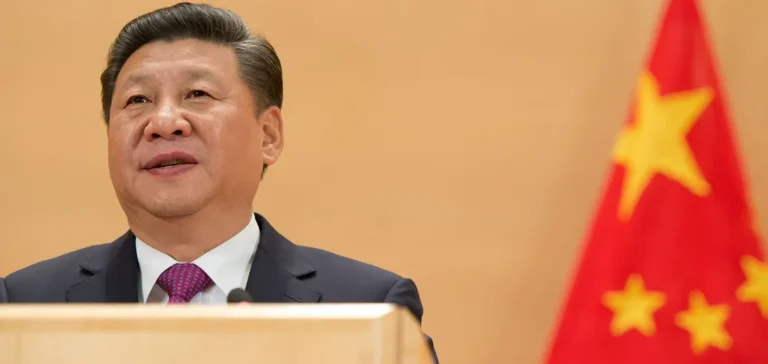The Integrated Regulatory Review Service (IRRS) mission of the International Atomic Energy Agency (IAEA) concluded on July 11 after 12 days of auditing the Chinese Ministry of Ecology and Environment, which houses the National Nuclear Safety Administration (NNSA). The 24-member expert team considers that supervisory capacity must keep pace with a rapidly expanding fleet. The inspectors praise a proven organisation but deem its staffing insufficient to cover the entire fuel cycle. They recommend that Beijing promptly draw up a multi-year recruitment plan.
Workforce under pressure
China currently operates 59 reactors that supply about five % of its electricity, while simultaneously building 32 additional units and planning 21 more. According to the interim report, each operating unit requires at least six dedicated inspectors, a ratio that will become untenable without reinforcement. The IRRS also underlines the importance of harmonising the NNSA’s technical guides with the latest IAEA standards, notably on artificial intelligence applied to safety. The lack of a formalised process for inspection planning is among the nine priority recommendations.
The examiners reviewed governance, licensing, inspection, emergency preparedness and radioactive-waste management. They noted as good practice the systematic monitoring of safety culture through digital indicators, but judged the arrangement improvable without an independent assessment programme. They call for a clear timetable to update regulations so that all national rules align with standards issued on February 10 and September 5. Short IRRS follow-up missions are likewise encouraged.
Projects in quick succession
The civil nuclear expansion schedule is driven by an official goal to cut coal dependence while sustaining industrial growth. Third-generation reactors built by China National Nuclear Corporation and China General Nuclear Power Group represent an order book valued at $34.3bn for 2025-2030. Foreign investors welcome the visibility provided by an administered kilowatt-hour price but demand independent oversight to safeguard their exposure. The IAEA estimates that each installed gigawatt creates more than 3,000 direct jobs in the equipment supply chain.
“The rapid development of China’s programme will require training a significant number of additional regulatory professionals over the next five years,” said Mark Foy, former Chief Executive and Chief Nuclear Inspector of the United Kingdom’s Office for Nuclear Regulation, who led the mission. He added that the NNSA’s use of digital tools is “an example for all of us to learn from.” Experts nevertheless highlight staff retention as a challenge, with private-sector competition luring the most experienced engineers. They invite the government to detail career incentives to stabilise inspection teams.
A report awaited
The final report will be delivered to the authorities in about three months and is expected to be released without restriction, according to the ministry. Beijing intends to request a new follow-up mission once the recommendations are implemented. Baotong Dong, Vice-Minister of Ecology and Environment and NNSA Administrator, said China “will accelerate the construction of a modern regulatory system to ensure a virtuous cycle between high safety and high-quality development.” Publication breadth will allow international lenders to gauge compliance requirements more precisely.






















